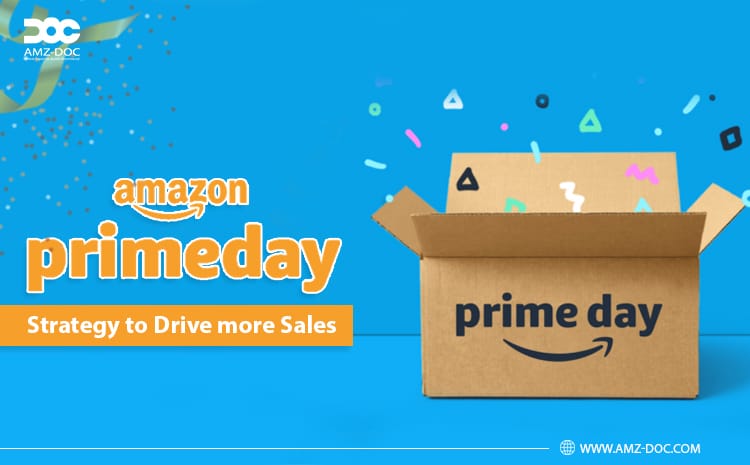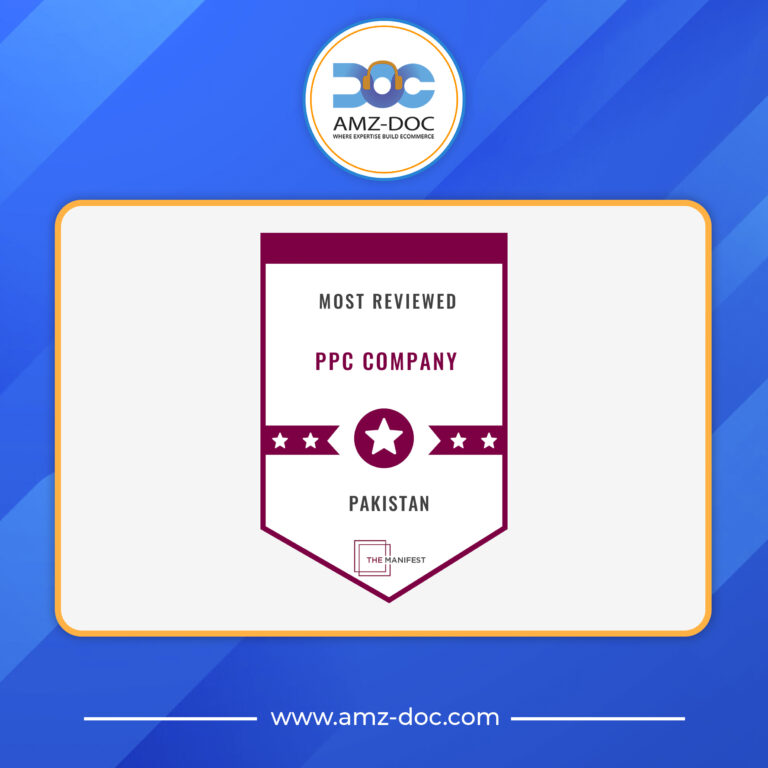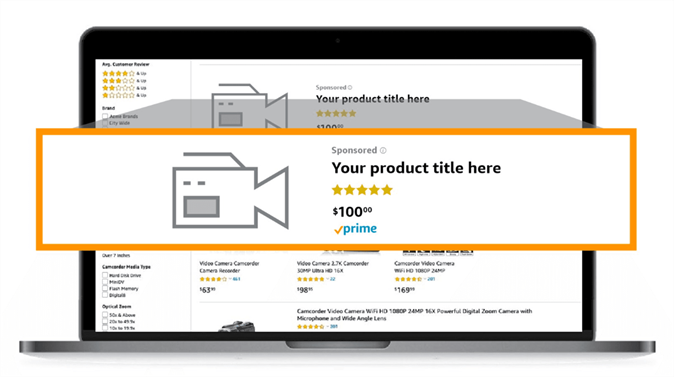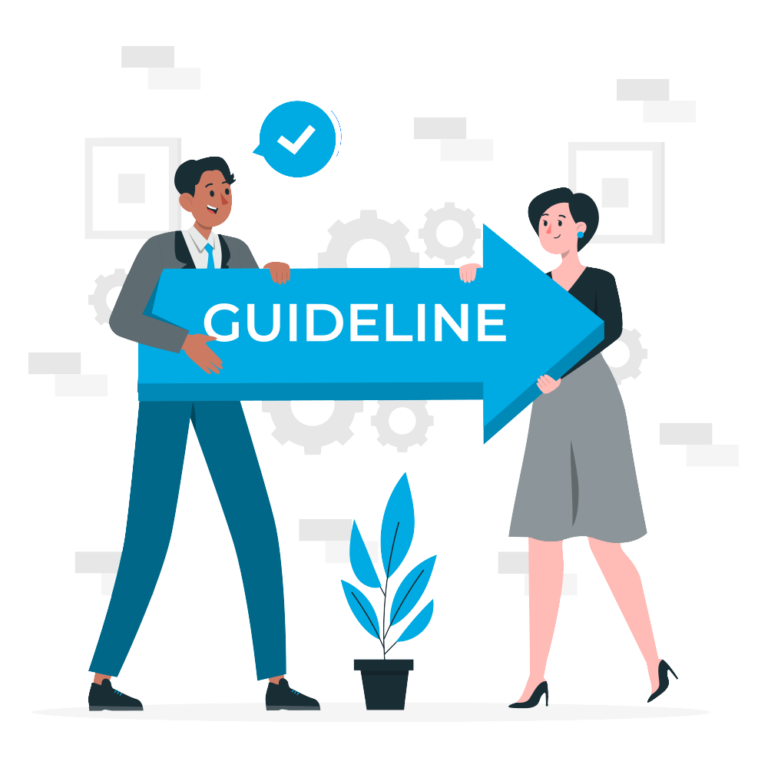Explore Our Product Launching Service – Learn More
Explore Our Product Launching Service – Learn More

Unlocking the Power of Sponsored Display: Sponsored Display solution for brands that don’t sell on Amazon
In an increasingly competitive e-commerce landscape, finding new ways to reach and engage customers is essential for brands looking to thrive. Enter Sponsored Display, a powerful advertising solution that is not limited to brands that sell on Amazon. With Sponsored Display, brands that don’t sell on Amazon can still tap into the massive audience and advertising potential that the platform offers.
This game-changing advertising solution allows brands to showcase their products to relevant audiences on and off Amazon, driving traffic and increasing brand visibility. Whether you’re a manufacturer, wholesaler, or retailer who doesn’t directly sell on Amazon, Sponsored Display allows you to reach potential customers who are already browsing related products on the platform.
By incorporating targeted ad placements, Sponsored Display ensures that your products are seen by customers who are most likely to be interested in what you have to offer. Whether they’re browsing on Amazon or on external websites and apps, your brand can leverage Sponsored Display to make meaningful connections and drive conversions.
Don’t limit your brand’s reach. Harness the power of Sponsored Display to expand your advertising efforts and drive growth, even if you don’t sell on Amazon.
Sponsored Display advertising is an effective way for brands to reach a wider audience and increase their brand visibility, even if they don’t sell on Amazon. This unique advertising solution enables brands to showcase their products to potential customers who are actively browsing related products on Amazon. By leveraging Amazon’s vast customer base and advanced targeting capabilities, brands can effectively connect with their target audience and drive conversions.
With Sponsored Display, brands can select from different ad formats, including product display ads and custom ads, to create visually appealing and engaging advertisements. These ads are displayed on the Amazon website, as well as on external websites and apps that are part of Amazon’s advertising network. This allows brands to extend their reach beyond Amazon’s platform and reach customers wherever they are online.
One of the key advantages of Sponsored Display for non-Amazon sellers is the ability to target specific audiences based on their interests, browsing behavior, and purchase history. This targeted approach ensures that your ads are shown to customers who are most likely to be interested in your products, increasing the chances of driving meaningful traffic and conversions.
In addition to targeting options, Sponsored Display also provides brands with valuable insights and data on their ad performance. This allows brands to continually optimize their campaigns and improve their return on investment (ROI). By monitoring key metrics such as click-through rates, conversion rates, and cost per click, brands can make data-driven decisions to maximize the effectiveness of their Sponsored Display campaigns.

Sponsored Display works by leveraging Amazon’s vast product catalog and customer data to display relevant advertisements to potential customers. When a customer is browsing a product detail page on Amazon, Sponsored Display uses its targeting algorithms to identify similar products that the customer may be interested in. It then displays a product display ad or custom ad for your brand’s products alongside the related product.
These ads can also be displayed on external websites and apps that are part of Amazon’s advertising network. This means that even customers who are not actively shopping on Amazon can still be exposed to your brand and products. By reaching customers at different touchpoints in their online journey, Sponsored Display increases the chances of capturing their attention and driving them to your website or landing page.
To get started with Sponsored Display, brands need to set up a campaign through the Amazon Advertising platform. Brands can choose their targeting options, select their ad format, set their budget and bids, and create compelling ad creatives that effectively showcase their products. Once the campaign is live, brands can monitor the performance of their ads and make adjustments as needed to optimize their results.

Sponsored Display offers a range of targeting options for brands to effectively reach their desired audience. These targeting options help brands ensure that their ads are shown to customers who are most likely to be interested in their products, increasing the chances of driving conversions. Here are some of the targeting options available with Sponsored Display:
With product targeting, brands can select specific products or product categories that are relevant to their own products. This allows brands to reach customers who are actively browsing or purchasing related products on Amazon. By targeting specific products, brands can effectively reach customers who are already in the market for similar products, increasing the chances of driving conversions.
Interest targeting allows brands to reach customers based on their interests and browsing behavior. By selecting relevant interests, brands can ensure that their ads are shown to customers who are likely to be interested in their products. This targeted approach increases the chances of capturing the attention of potential customers and driving them to take action.
Audience targeting enables brands to reach customers who have previously shown interest in their products or similar products. By leveraging Amazon’s vast customer data, brands can target customers who have viewed their product detail pages, added their products to their shopping carts, or made purchases in the past. This helps brands re-engage with potential customers and drive them to complete their purchase.
Keyword targeting allows brands to reach customers who are actively searching for specific keywords on Amazon. By selecting relevant keywords, brands can ensure that their ads are shown to customers who are in the market for products similar to theirs. This targeted approach increases the chances of capturing the attention of potential customers and driving them to click on the ad.
By combining these targeting options, brands can create highly targeted and relevant Sponsored Display campaigns that effectively reach their desired audience. The key is to understand your target audience and select the most appropriate targeting options that align with their interests, behavior, and purchase intent.
Creating effective Sponsored Display campaigns requires careful planning and attention to detail. Here are some tips to help you create campaigns that drive results:
Before setting up your Sponsored Display campaign, clearly define your goals. Are you looking to drive brand awareness, increase website traffic, or generate conversions? By defining your goals, you can tailor your campaign strategy and metrics to align with what you want to achieve.
Selecting the right targeting options is crucial to the success of your Sponsored Display campaign. Consider your target audience, their interests, and their purchase behavior when choosing your targeting options. Experiment with different targeting options to find the ones that work best for your brand.
Your ad creatives play a crucial role in capturing the attention of potential customers and compelling them to take action. Use high-quality images or videos that showcase your products in an appealing way. Write persuasive and engaging ad copy that highlights the unique selling points of your products. Test different creatives to see which ones resonate the most with your target audience.
Monitoring the performance of your Sponsored Display campaign is essential to optimizing your results. Keep an eye on key metrics such as click-through rates, conversion rates, and cost per click. Make data-driven decisions to optimize your bids, budgets, and targeting options. Test different strategies and iterate on what works best for your brand.
Sponsored Display provides valuable data and insights on your ad performance. Take advantage of this data to gain insights into your target audience, their preferences, and their behavior. Use these insights to refine your targeting, creative, and messaging to improve the effectiveness of your campaigns.
By following these tips, you can create Sponsored Display campaigns that effectively reach your target audience and drive meaningful results for your brand.

Optimizing your Sponsored Display campaigns is crucial to maximizing your return on investment (ROI) and driving meaningful results for your brand. Here are some strategies to help you optimize your campaigns:
Regularly monitor key performance metrics such as click-through rates, conversion rates, and cost per click. Identify areas of improvement and make data-driven decisions to optimize your campaigns. For example, if you notice a low click-through rate, consider revising your ad creatives or adjusting your targeting options.
Continually refine your targeting options to ensure that your ads are reaching the most relevant audience. Experiment with different targeting options and monitor their performance. Test different combinations of product targeting, interest targeting, audience targeting, and keyword targeting to find the ones that yield the best results for your brand.
Your ad creatives play a crucial role in capturing the attention of potential customers and driving them to take action. Test different ad creatives to see which ones resonate the most with your target audience. Consider using high-quality images or videos, compelling ad copy, and clear call-to-actions to encourage clicks and conversions.
Regularly review and adjust your bids and budgets based on the performance of your campaigns. If you notice that certain keywords or targeting options are driving a higher return on investment, consider allocating more budget to those areas. Conversely, if you notice that certain keywords or targeting options are underperforming, consider reducing your bids or reallocating your budget to more effective areas.
A/B testing is a powerful strategy to optimize your Sponsored Display campaigns. Test different variations of your ad creatives, targeting options, and messaging to see which ones perform the best. Make data-driven decisions based on the results of your tests and iterate on what works best for your brand.
By continually optimizing your Sponsored Display campaigns, you can improve their effectiveness and drive maximum ROI for your brand.
Measuring the success of your Sponsored Display ads is essential to understanding the effectiveness of your campaigns and making data-driven decisions. Here are some key metrics to consider when analyzing the performance of your Sponsored Display ads:
Impressions measure the number of times your ads have been shown to potential customers. A high number of impressions indicates that your ads are being seen by a wide audience.
CTR measures the percentage of people who clicked on your ads after seeing them. A high CTR indicates that your ads are compelling and engaging to your target audience.
Conversion rate measures the percentage of people who completed a desired action, such as making a purchase or signing up for a newsletter, after clicking on your ads. A high conversion rate indicates that your ads are effectively driving customers to take action.
CPC measures the average cost you pay for each click on your ads. A low CPC indicates that you are getting good value for your advertising spend.
ROAS measures the revenue generated for every dollar spent on advertising. A high ROAS indicates that your advertising efforts are driving a positive return on investment.
By tracking these metrics and analyzing the performance of your Sponsored Display ads, you can gain valuable insights into the effectiveness of your campaigns. Use these insights to make data-driven decisions and optimize your campaigns for better results.
To illustrate the power of Sponsored Display for non-Amazon sellers, let’s take a look at some case studies of successful campaigns:
– Goal: Increase brand awareness and drive website traffic
– Targeting: Interest targeting and product targeting
– Ad creatives: High-quality images showcasing the latest electronics
– Results: XYZ Electronics saw a 30% increase in website traffic and a 20% increase in brand awareness during the campaign period.
– Goal: Drive conversions and increase sales
– Targeting: Audience targeting and keyword targeting
– Ad creatives: Compelling videos highlighting the benefits of ABC Cosmetics products
– Results: ABC Cosmetics experienced a 25% increase in conversions and a 15% increase in sales during the campaign period.
These case studies demonstrate how Sponsored Display can be a powerful advertising solution for non-Amazon sellers. By leveraging the targeting options, optimizing ad creatives, and monitoring performance metrics, brands can achieve their goals and drive meaningful results for their business.
While Sponsored Display is an effective advertising solution for non-Amazon sellers, there are also alternative advertising options to consider. Here are some alternatives to Sponsored Display:
Search advertising allows brands to display their ads when customers search for specific keywords on search engines like Google. This can be a highly targeted and effective way to reach potential customers who are actively searching for products or solutions.
Social media advertising platforms like Facebook, Instagram, and Twitter offer powerful targeting options and a wide audience reach. Non-Amazon sellers can leverage these platforms to showcase their products, engage with their target audience, and drive conversions.
Influencer marketing involves partnering with influential individuals in your industry to promote your products or brand. By leveraging the reach and influence of these individuals, non-Amazon sellers can effectively reach their target audience and drive brand awareness and conversions.
Content marketing involves creating and distributing valuable and relevant content to attract and engage potential customers. Non-Amazon sellers can leverage content marketing strategies such as blogging, video marketing, and email marketing to build brand authority, drive traffic, and generate leads.
These alternatives can complement your Sponsored Display efforts and help you reach a wider audience. Consider integrating these advertising options into your overall marketing strategy to maximize your brand’s reach and drive growth.
Sponsored Display is a powerful advertising solution that allows non-Amazon sellers to tap into the massive audience and advertising potential of the platform. By leveraging targeted ad placements, non-Amazon sellers can showcase their products to relevant audiences on and off Amazon, driving traffic and increasing brand visibility.
Through careful planning, effective targeting, compelling ad creatives, and continuous optimization, non-Amazon sellers can unlock the power of Sponsored Display and drive meaningful results for their brand. Don’t limit your brand’s reach. Harness the power of Sponsored Display to expand your advertising efforts and drive growth, even if you don’t sell on Amazon.
By understanding the capabilities of Sponsored Display, exploring alternative advertising options, and continually measuring and analyzing performance, non-Amazon sellers can unlock new opportunities for their brand’s success in the competitive e-commerce landscape. Start leveraging Sponsored Display today and unlock the power of advertising on Amazon.
In an increasingly competitive e-commerce landscape, brands that don’t sell on Amazon can still unlock the power of Sponsored Display to reach and engage with their target audience. By leveraging Amazon’s vast audience and advertising potential, brands can drive traffic, increase brand visibility, and ultimately, boost their sales. Whether you’re a manufacturer, wholesaler, or retailer, Sponsored Display offers a powerful advertising solution that can help you achieve your business goals.
Don’t limit your brand’s reach. Harness the power of Sponsored Display to expand your advertising efforts and drive growth, even if you don’t sell on Amazon. With its ability to reach relevant audiences, drive traffic, and offer targeted ad placements, Sponsored Display is a game-changer for non-Amazon sellers. So, take advantage of this powerful advertising solution and unlock the potential of Sponsored Display for your brand’s success.








